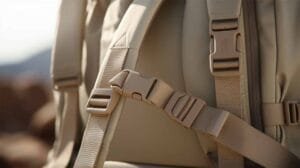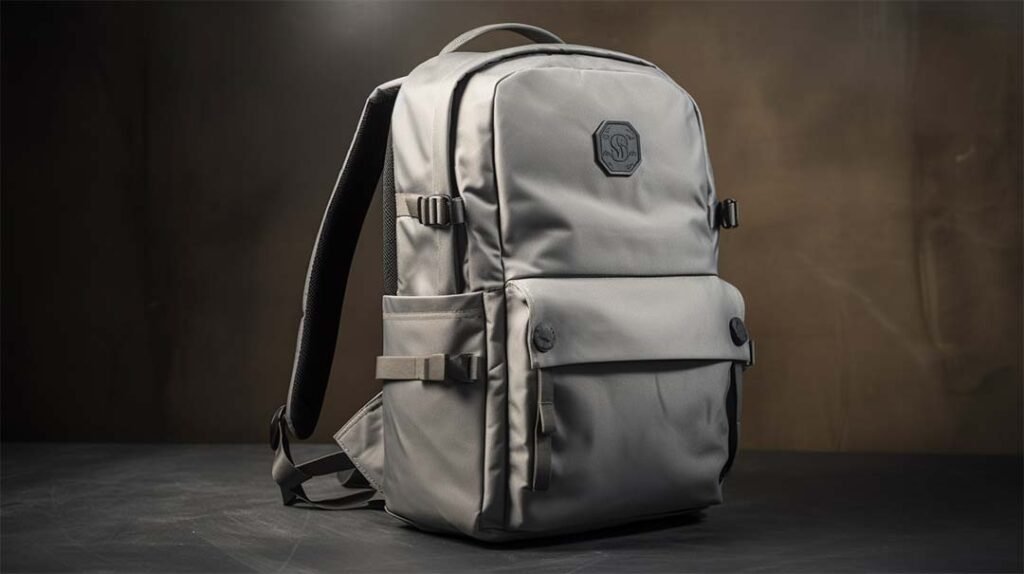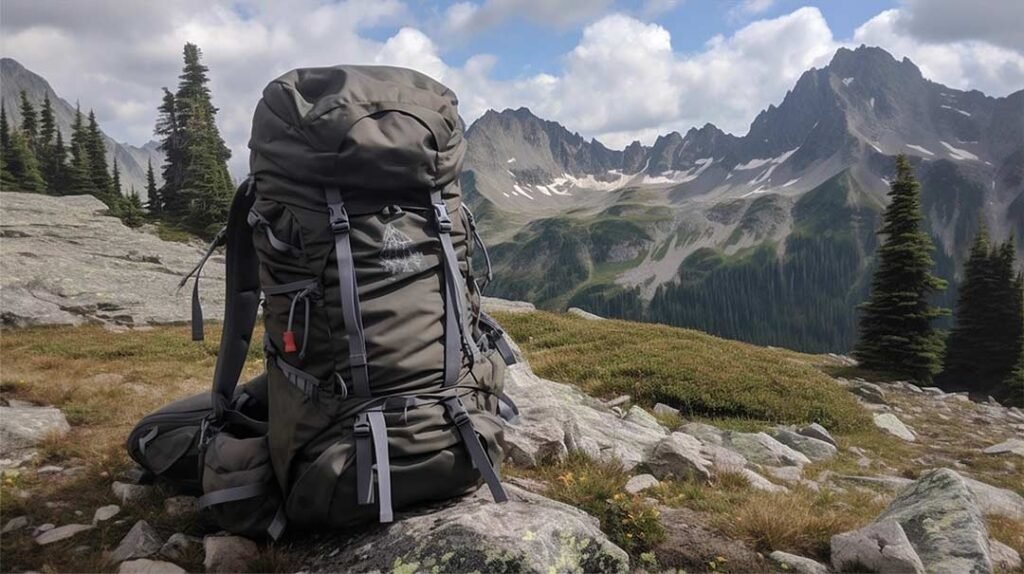
How do nylon tote bags compare to canvas totes in durability?
Share on facebook Share o
Ever found yourself in a pickle when it comes to stuffing your backpack for an upcoming trip?
Well, fret not! I’m here to help you master the art of backpack packing with some time-tested techniques.

You might wonder, “Isn’t it just about fitting everything in?” Not quite. The way you pack your backpack can significantly impact your comfort, mobility, and overall experience.
An improperly loaded backpack can lead to discomfort, imbalance, and even injury. It’s not just about ‘what’ you pack, but ‘how’ you pack.

Before we dive into the specifics, let’s lay down some fundamental rules that you should follow irrespective of your travel plans:

Let’s break down the backpack into three main zones for better organization:
Then you have the Tool Loops and Lash-On Points for attaching long, slim items like trekking poles and the Front Pocket for flat items like maps. Finally, Hipbelt Pockets are perfect for items you want to access on the go, such as your smartphone, compass, or snacks.

Before stuffing things in, lay everything out to visualize what you’re taking along. Group items based on when you’ll need them and their weight.
Start with your sleeping bag at the bottom. Fill the remaining spaces with other nighttime essentials, like your sleeping pad or night clothes.
Next, load the core zone with your heaviest items, like your food, cook kit, and water reservoir. Try to keep the weight centered.
Pack the top zone with items you might need on the trail, such as your first aid kit, toilet supplies, and insulating layers.
Use the front pocket for flat items like a map, notebook, or a rain cover. Store items like GPS, snacks, or sunglasses in the hip belt pockets for easy access.
Once everything is in, use the backpack’s compression straps to stabilize and lower the load’s
center of gravity. But avoid over-compressing, which might lead to load imbalance.

So there you have it – the comprehensive guide to mastering the art of packing your backpack. Remember, the goal is not just to fit everything in, but also to ensure a comfortable and balanced load for an enjoyable journey. Now, with these tips and techniques up your sleeve, packing your backpack would be a breeze. Happy travels!
The way you pack your backpack can significantly impact your comfort, balance, and overall experience during the journey.
A backpack is generally divided into three key zones: bottom, core, and top, each with a specific purpose for packing.
Heavier items such as your food stash, water reservoir, and stove should go in the core zone to maintain the backpack's center of gravity.
Hip belt pockets are designed for items you want to access on the go, such as your smartphone, compass, or snacks.
You can ensure a balanced load by properly distributing the weight across different zones, keeping heavier items at the center, and using compression straps to stabilize the load.

Share on facebook Share o


Table of Contents Share o
kjoutdoor.com
Typically replies within minutes
How Can We Assist You Today?
WhatsApp Us
🟢 Online | Privacy policy
WhatsApp us
Leave your contact information and you will receive a free quote for your new product!